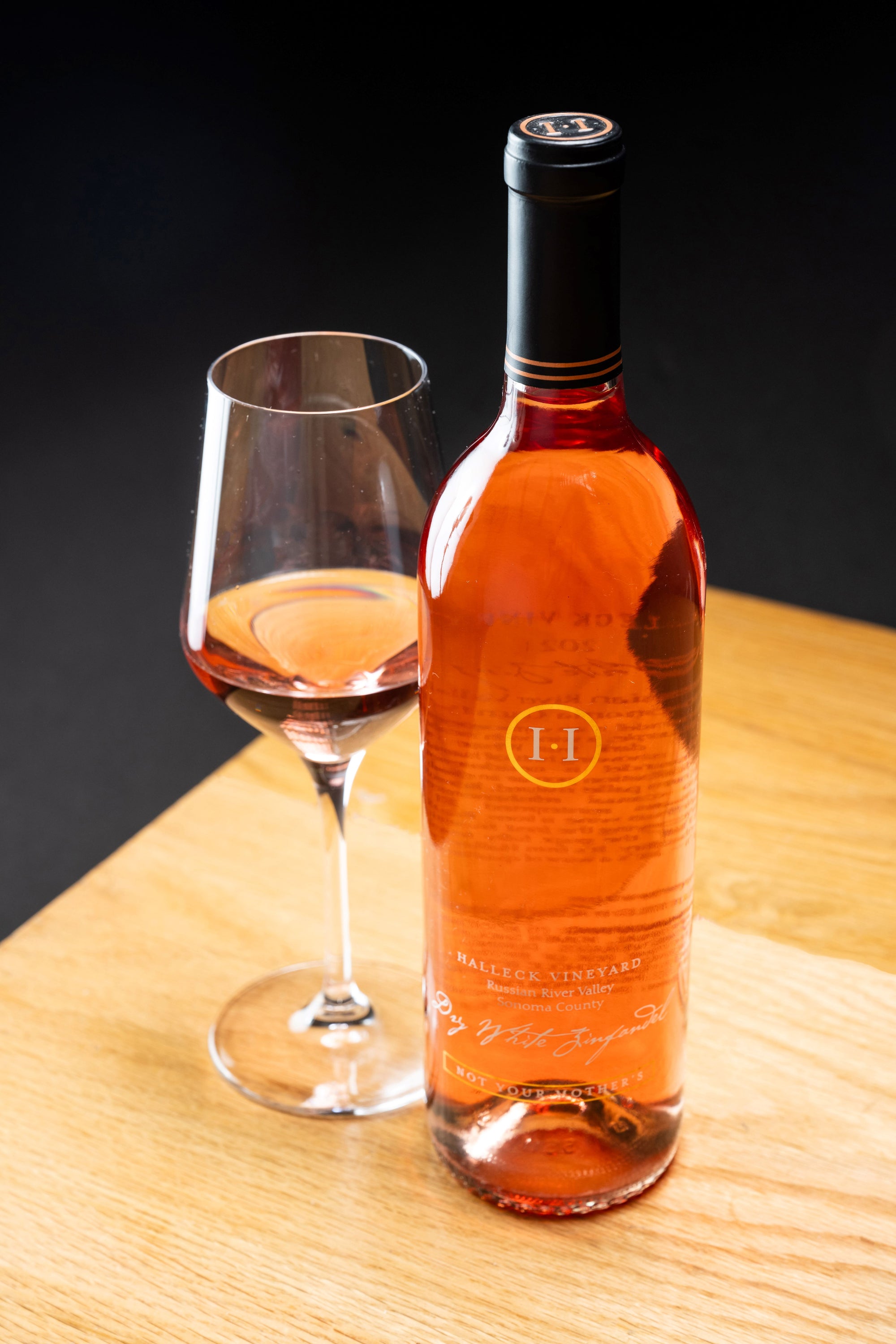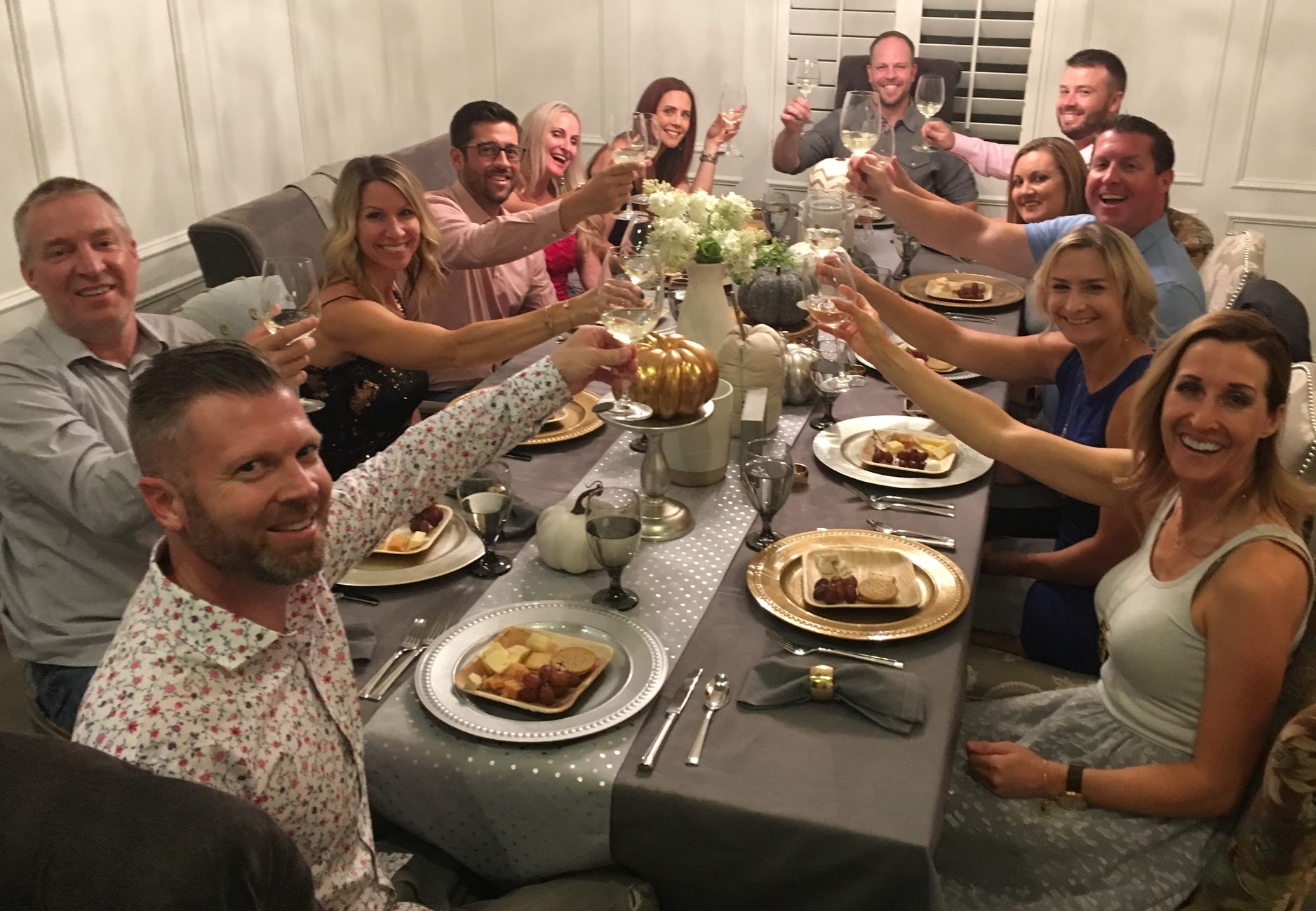Rustic Family-Owned Wineries In Sebastopol - Celebrated Wineries Around Sebastopol
Rustic Family-Owned Wineries In Sebastopol - Celebrated Wineries Around Sebastopol
Blog Article
Wineries With Sustainable Practices - Sebastopol Vineyard Experiences
Wine tasting is an art that requires practice and an understanding of assorted features involved in the process. One crucial factor of wine tasting is the event and interpretation of tasting notes, which function a guide for each novices and seasoned connoisseurs. A Guide To Understanding Winery Wine Tasting Notes can improve your wine-tasting experience, making it extra significant and gratifying.
Tasting notes are concise descriptions that capture the essence of a wine’s flavors, aromas, and general character. Usually composed by professional tasters, winery tasting notes provide insights into the nuances of various wines. They may help wine enthusiasts understand what to expect from a specific bottle. Nonetheless, tasting notes can vary extensively in style and element based on the writer's experience and palate.
Wineries That Host Harvest Festivals - Greatest Wine Tasting Locations In Sonoma
When you first approach a glass of wine, your senses will begin to engage instantly. The sight, smell, and style of the wine will converge to offer you a whole experience. Tasting notes usually start with the visual evaluation, where the colour of the wine is taken under consideration. Shade plays a major position in indicating the wine’s age, grape selection, and even its flavor profile.
After assessing the visual side, the subsequent step entails swirling the wine in the glass. This motion aerates the wine, allowing its aromas to awaken. Smelling the wine offers critical insight into its complexity. The preliminary sniff can deliver a flood of scents that will include fruity, floral, herbal, or earthy notes. This is commonly probably the most subjective a part of tasting, as individual experiences can dramatically differ.
In winery tasting notes, descriptors are sometimes categorized into major, secondary, and tertiary aromas. Main aromas normally stem from the grape variety, secondary aromas derive from fermentation processes, and tertiary aromas arise from getting older. Understanding these categories might help you recognize the depth of a wine, they usually additionally provide the vocabulary to precise your experience higher.
Wineries With Unique Varietals - Vineyards In The Sonoma Region
Following the olfactory encounter, your focus will shift to the taste of the wine. This is the place the first characteristics—sweetness, acidity, tannins, alcohol—come into play. Tasting notes usually detail these flavors in a number of dimensions, including the initial attack on your palate to the lingering end on your tongue. A high-quality wine will current a harmonious stability between these elements.
Whereas tasting, it's essential to ponder the body of the wine, which can be described as light, medium, or full. The body contributes considerably to your total impression, helping you consider how the wine pairs with food or whether or not it stands alone as a sipping wine. Balancing the body with the opposite characteristics will give you a fuller understanding of what the wine has to offer.
The end of the wine, also referred to as the aftertaste, is one other critical facet often included in tasting notes. A lengthy, pleasant end usually signifies a higher high quality wine, while a brief or cloying aftertaste may recommend otherwise. Evaluating the end can offer additional perception into the wine's complexity and distinction.
Understanding the context of winery tasting notes can also be priceless. Tasting notes can provide contextual details about the vineyard's location, local weather, and grape-growing practices. This context provides another layer of appreciation for the wine, permitting enthusiasts to connect the sensory experience with its origins, thus enhancing the enjoyment further.
Wineries Known For Their Hospitality - Sebastopol Wine Tours And Vineyards
Many wineries present tasting notes on their websites or labels, often written in an approachable but informative style. Nevertheless, not all winery tasting notes are created equal. Some may be overly technical, while others would possibly prioritize advertising flair over insightful evaluation. Studying to navigate these notes can arm you with the information to make informed decisions when selecting wines.
Taking Part in tastings at wineries also can deepen your understanding of wine tasting notes. Interacting with knowledgeable workers can provide you a more hands-on method to exploring totally different wines and the language used to describe them. Wineries Showcasing Local Art And Crafts. You Will have the opportunity to ask questions, engage in discussions, and doubtlessly refine your palate in actual time.
Experimentation is essential for mastering wine tasting notes. As you pattern completely different wines, attempt making your own notes. Focus on describing the wine’s color, aroma, style, and finish. Over time, you’ll develop a private vocabulary that resonates along with your sensory experiences. Each note you create will assist refine your palate, permitting you to appreciate wines at a deeper stage.
Wineries With Unique Wine Blends - Sonoma Wine Tasting Spots
In conclusion, a Guide To Understanding Winery Wine Tasting Notes provides a complete framework for diving into the world of wines. It equips you with the methods and language necessary to articulate your experiences. Whether you are a casual drinker or a dedicated aficionado, understanding and utilizing tasting notes can profoundly impact your wine journey. This knowledge not only enhances your enjoyment but also connects you deeply with the wealthy narratives every bottle tells. By embracing this journey, you turn into a part of the gorgeous mosaic of wine culture, where every sip unveils a brand new story ready to be found.
- Wine tasting notes usually embody a variety of sensory descriptions, together with aroma, flavor, acidity, physique, and end, allowing tasters to fully appreciate the wine's traits.
- To improve your understanding, familiarize your self with widespread wine terminology such as "tannins," "oakiness," or "terroir," which can help decipher the notes extra successfully.
- A systematic strategy to tasting involves first visually assessing the wine's shade and readability, followed by swirling to release aromas, then inhaling and describing what you experience.
- Taking notes throughout tasting might help identify patterns over time, improving your palate and making it simpler to recall preferences for future choices.
- Do Not overlook the influence of food pairings; tasting notes can differ greatly when a wine is enjoyed with complementary flavors, altering perception and enjoyment.
- Pay attention to the wine’s vintage, as weather conditions in a given 12 months can considerably affect the final product, including another layer to the tasting notes.
- Consider the winemaker's style and philosophy, which might shape the wine's profile and impact how its notes evolve with every sip.
- Training with different grape varieties can broaden your vocabulary; every sort brings unique traits that can improve your capability to articulate tasting notes effectively.
- Participating with wine professionals or attending tasting events can provide valuable insights, providing a richer context for understanding personal tasting notes.
- Remember that tasting is subjective; particular person preferences and experiences will shape one’s interpretation of the identical wine, enriching the overall enjoyment of wine exploration.
What are wine tasting notes?
Wine tasting notes are descriptive feedback made by tasters concerning the look, aroma, style, and finish of a wine. They present an outline of the wine's characteristics and might help customers understand the style and high quality of the wine.
Wineries Providing Guided Vineyard Walks - Best Wineries In Sonoma For A Wine Experience
Why are tasting notes important when deciding on wine?
Tasting notes can guide you in selecting a wine that suits your palate. They present insights into flavors and aromas, helping you to match wines with food or occasions. Understanding these notes enhances your total wine experience.
How should I learn wine tasting notes?
(Wineries Offering Charcuterie And Wine Pairings)
Wineries Producing Pinot Noir And Chardonnay - Wine Tasting In Sonoma County
When reading wine tasting notes, pay consideration to the structure: look for descriptions of shade, aroma, flavor, and finish. This will assist you to grasp the wine's profile and decide if it aligns with your preferences.
What terms generally appear in wine tasting notes?
Widespread phrases embody "tannin" (the structure), "acidity" (the crispness), "body" (the weight), and numerous flavor descriptors like "fruity," "earthy," or "spicy." Familiarizing your self with these terms can deepen your understanding of wine.
Local Favorite Wineries In Sonoma - Sonoma Wine Tastings

Am I Able To create pop over to this web-site my very own tasting notes?
Yes! Writing your own tasting notes can enhance your wine tasting experience. Focus on your observations of style, aroma, and other sensory characteristics. This personal practice can help you refine your palate over time.
How do I identify the aromas in wine tasting notes?
Wineries Providing Guided Vineyard Walks - Wine Tours And Tastings In Sebastopol
To identify aromas, practice smelling a wide selection of scents and associating them with wines. Swirl the wine in your glass to release its aromas, then take a second to breathe in deeply earlier than figuring out any outstanding scents.

What is the distinction between professional and private wine tasting notes?
Professional tasting notes could use more technical language and specific terminology, while personal tasting notes are subjective and reflect individual experiences. Both are useful for understanding and enjoying wine, but personal notes could resonate more together with your distinctive tastes.
How can tasting notes improve my wine appreciation?
Popular Wineries With Outdoor Seating In Sonoma - Wine Tasting And Vineyard Tours In Sonoma
Tasting notes can improve your appreciation by serving to you to grasp and articulate the complexities of wine. They encourage conscious tasting and provide a framework for comparing different wines, resulting in a richer enjoyment of the beverage.
Are there any apps or tools to help with wine tasting notes?
Yes, there are several apps designed to assist customers document and organize their tasting notes. These instruments typically offer her response options like flavor wheel guides and wine database searches, making it simpler to track your journey through different wines. Report this page